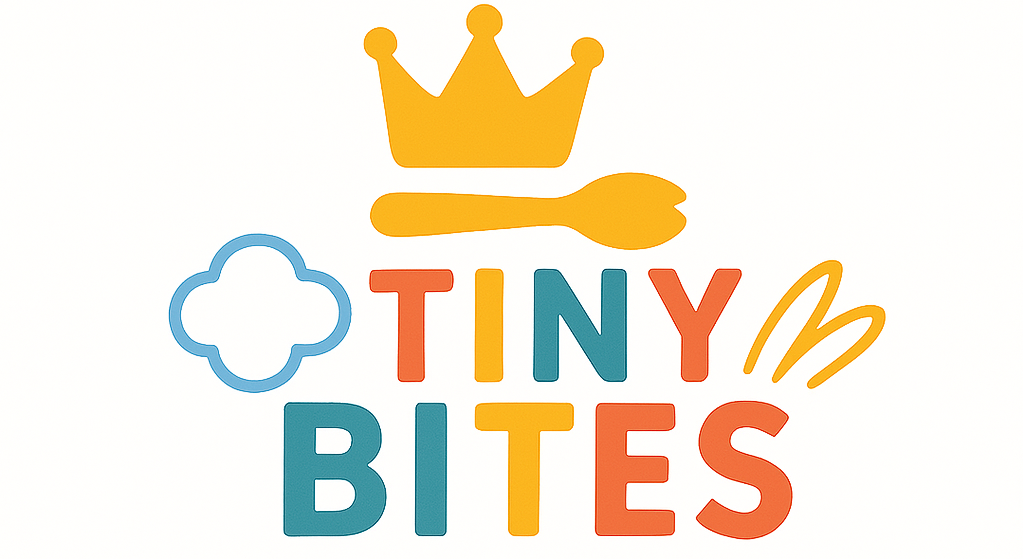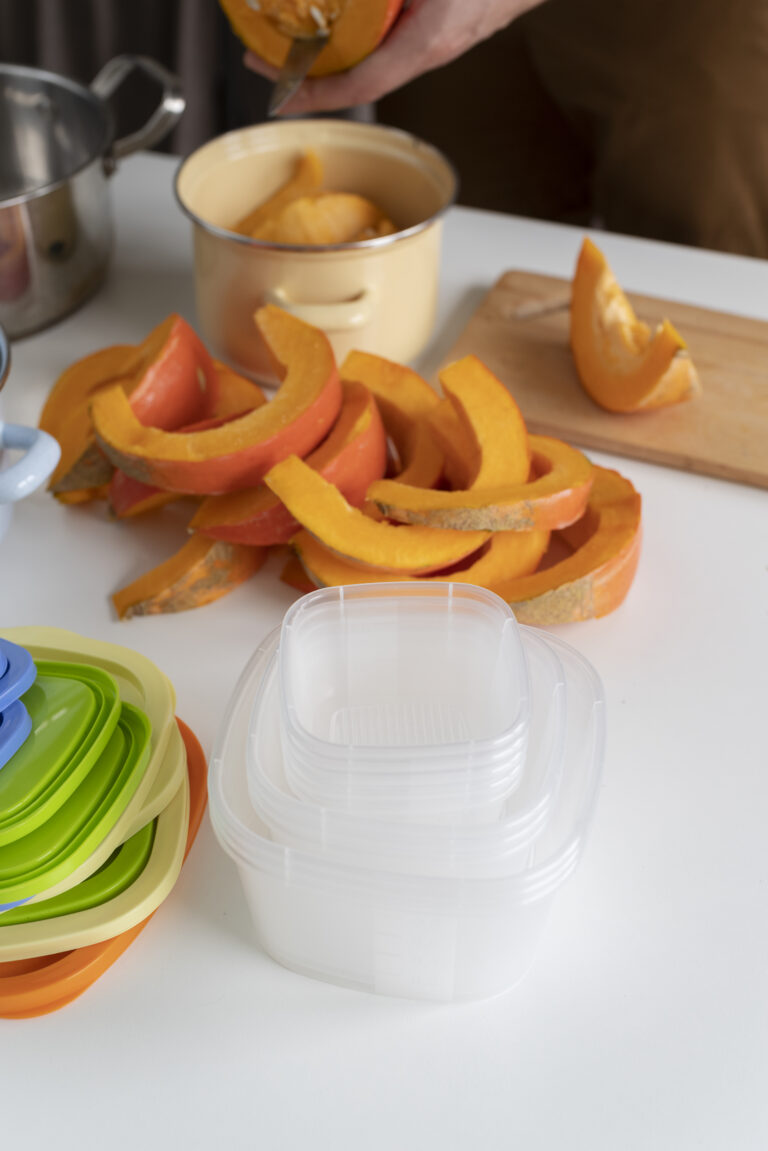Baby Teething Toys: 7 Safe & Soothing Picks Moms (and Babies) Love
💬 A Real Mom Moment
You know when your baby starts chewing on everything? Their fingers, toys, even your shirt? Yep, that’s when teething kicks in. I can still picture those drooly cheeks and the sleepless nights that came with them. If you’re going through this now, I totally get it, mama. Finding the right teething toy can really help. It helps your little one, and it helps you stay sane! This guide will show you the safest, most soothing baby teething toys. It’s all based on love, experience, and real mom insights.
Table of Contents
🦷 When Do Babies Start Teething? (And Why It Feels So Hard)
Teething can feel like it comes out of nowhere. Many babies get their first tooth between 4 and 7 months, though it’s not unusual to see it earlier or later. Every baby is different, so yours might start a bit earlier or later. It’s a big step for them, but it can be tough on you both.
Here are signs that little teeth are on their way:
- Lots of drool: Your baby might suddenly be soaking bibs.
- Chewing everything: Hands, toys, clothes – if they can reach it, it’s in their mouth.
- Fussiness or bad sleep: Calm nights might turn into crying. Naps can become a struggle.
- Red or swollen gums: Look in their mouth. Their gums might look a bit redder or puffy.
Quick tip: Teething can sometimes look like other things, like a cold. Every baby is different, and if you’re feeling unsure, a quick check-in with your doctor can give you peace of mind. They’re there to help you!
🧸 What Makes a Good Teething Toy?
When you see all the best teething toys in stores or online, it’s easy to feel lost. So how do you know which teething toy is actually safe and worth it?
As a mom who’s been there, here’s what I learned about what makes a teething toy truly good:
Baby-Safe Materials Are Key
This is super important. These toys go right into your baby’s mouth. So, you want them made from safe materials.
Look for:
- BPA-free silicone: This is a popular choice. It’s soft, bendy, strong, and super easy to clean.
- Natural rubber: Think of classic toys like Sophie la Girafe. It’s safe, breaks down easily, and feels nice.
- Food-grade plastic: Not all plastic is bad! This plastic has been carefully tested and is completely safe for your little one to chew on.
- Organic cotton (for teething loveys): If it’s a teether with a blanket, make sure the fabric is organic and safe to chew.
Must-Have Features
Besides materials, some things make a teething toy a real lifesaver:
- Easy for tiny hands to hold: Your baby needs to grab it. Look for rings or shapes that are easy for small fingers.
- Bumpy surfaces for gum massage: Different textures give different relief. Many teethers come with built-in textures — like bumps or ridges — to help ease the pressure and calm fussy gums.
- Can be chilled (not frozen!) for extra comfort: A cool teether helps a lot. Just be sure it’s made for the fridge, not the freezer (more on that soon!).
- Dishwasher-safe or easy to rinse — because let’s be honest, you’ve got enough on your plate. The easier a teether is to clean, the more you’ll use it.
🛍️ Baby Teething Toys Moms (and Babies) Love
Okay, mama, time for the fun part: my favorite picks! As a mom blogger, I’ve seen and tried many “top-rated teething toys.” These are some of the best baby teething toys 2025 has to offer, based on what real moms said and what my own little one loved. What works for one baby might not work for another, so it’s okay to try a few!
| Teething Toy | Description | Age Range | Material |
| Sophie la Girafe | The classic! Her long neck and legs are great for reaching back gums. She’s good for all-over chewing. | 3m+ | Natural rubber |
| FridaBaby Cool Pads + Teether | This smart teether has a cool insert you put in the fridge. It feels cool and soothing, but not too hard. | 3m+ | BPA-free silicone |
| Mushie Ring Teether | Simple, stylish, and really works. They’re super soft, easy for tiny hands to hold, and come in the sweetest colors. | 3m+ | Food-grade silicone |
| Nuby Ice Gel Keys | A classic for a reason! These colorful keys have different bumps. The gel stays nice and cool after a quick trip to the fridge. | 3m+ | BPA-free plastic |
| Comotomo Silicone Teether | It looks like baby fingers! Easy to grip and chew with soft, flexible material. | 3m+ | Soft silicone |
| Banana Baby Teether (Brush) | It’s not just for teething! It also helps clean gums early on. A little smear of baby toothpaste is all you need. | 3m+ | Food-grade silicone |
| Itzy Ritzy Teething Mitt | Perfect if your baby can’t hold teethers yet. This mitt straps to their hand. It gives a bumpy surface for chewing. | 3m+ | Silicone/Fabric |
🧼 How to Keep Teething Toys Clean and Germ-Free
As moms, we know babies put everything in their mouths. So, teething toys can get germy fast. Keeping them clean is super important for your baby’s health. Here are some key teether safety tips and cleaning basics:
Cleaning Basics
For silicone or rubber:
- Wash with warm, soapy water: A quick wash with mild dish soap and warm water after each use is usually enough.
- Top-rack dishwasher safe? Even better! Most silicone and rubber teethers are dishwasher-safe — just pop them on the top rack for an easy clean. This saves you so much time. Always check the instructions first.
For fabric teethers:
- Use mild baby-safe detergent: If your teether has fabric, wash it with your baby’s regular clothes. Use a gentle, unscented soap.
- Wash in a bag, air dry: To protect delicate fabrics, put them in a mesh laundry bag before washing. Always air dry fabric teethers completely so they don’t get moldy.
What Not to Do:
- Don’t boil unless the product says it’s safe: High heat can damage some materials. Only boil if the company says it’s okay for cleaning.
- Avoid bleach or harsh wipes: These can leave bad stuff behind that’s not good for your baby. A little warm water and gentle baby-safe soap is really all you need.
🌡️ Chill or Freeze Teething Toys?
This is a common question, and it matters for your baby’s comfort and safety.
Chilling teething toys in the fridge = safe, soothing relief. A cool teether helps make sore gums feel better. It’s gentle and won’t hurt them.
Freezing = too hard and can damage gums. A super cold teether might sound good, but a frozen one can get too hard and breakable. This can actually hurt your baby’s soft gums or even cause bruises. Plus, it can be uncomfortable for them to hold.
Mom tip: Try having 2 or 3 chilled teethers. Swap in a cool teether from the fridge when your little one’s gums are giving them a hard time.You’ll always have a cool one ready!
💡 Bonus Comfort Tricks to Try with Teething Toys
Even the best baby teething toys can’t do it all. Sometimes, your little one needs more comfort. Here are some natural teething remedies and baby teething comfort tricks I’ve found really helpful:
- Cold, damp washcloth (super effective!): Wet a clean washcloth, wring it out, and put it in the fridge for 15-30 minutes. Your little one can safely gnaw on the soft, soothing fabric.
- Gently rub your baby’s gums with a clean finger: it’s a simple trick that can bring real relief. Just wash your hands well first, then softly massage those tender gums.
- Offer extra cuddles and nursing/snuggle time: When they’re uncomfortable, babies often just need you. More snuggles, skin-to-skin time, or a calm nursing session can do wonders.
- Teething bibs are a total game-changer: they help keep your little one dry and comfy, especially when the drool really starts flowing. Too much moisture can lead to rashes, so swapping bibs often is key.
🤗 Conclusion: You’re Not Alone in This Teething Phase
Mama, you’re doing great – even when it feels like nothing works. Teething is tough, but with the right baby teething toys (and some patience), you’ll both get through it. Every drool-soaked smile means you’re closer to that first adorable toothy grin 💛. Keep showing up, keep loving, and remember – you’ve got this.
If this guide helped you, be sure to check out our other articles on baby care and milestones. And don’t forget to sign up for our newsletter for more real-mom tips sent right to your inbox!
❓ FAQ: Baby Teething Toys
Q: When should I give my baby a teething toy?
A: You can start offering teething toys around 3–4 months. Especially if your baby is drooling more or chewing their hands. Keep an eye on your little one during teething time.
Q: Are teething toys safe for newborns?
A: Most teething toys are for babies 3 months and up. Always check the age on the package. For newborns, focus on gentle gum massages and comforting. Don’t use toys with small parts that could be a choking hazard.
Q: Can I put teething toys in the freezer?
A: It’s safer and better to chill them in the fridge. Super cold teethers might bruise or irritate sensitive little gums. A cool teether gives plenty of soothing relief without the risk.
Q: How many teething toys should I have?
A: Having at least 2–3 on hand is super helpful! You can keep one at home, one in your diaper bag for when you’re out, and one chilling in the fridge. This way, you always have a clean, cool one ready!

